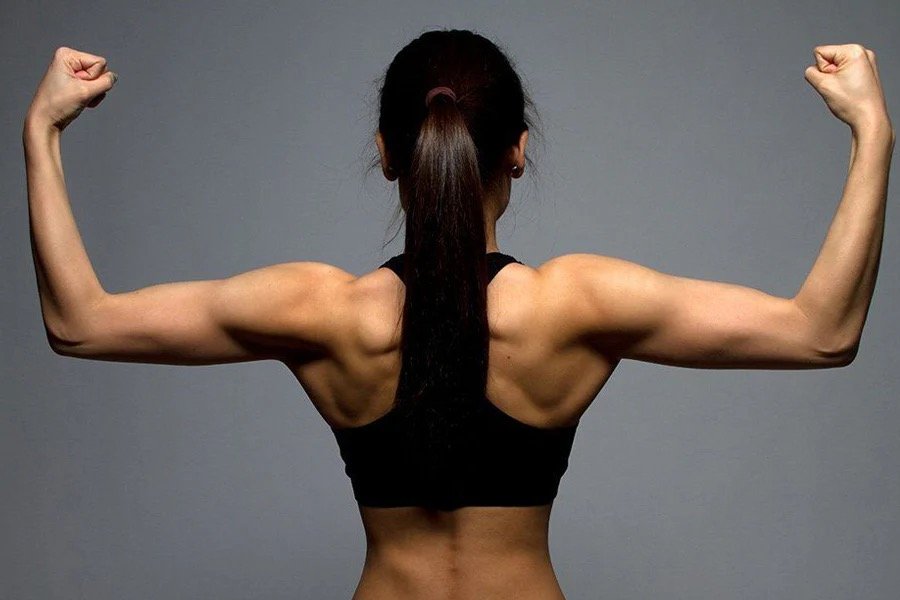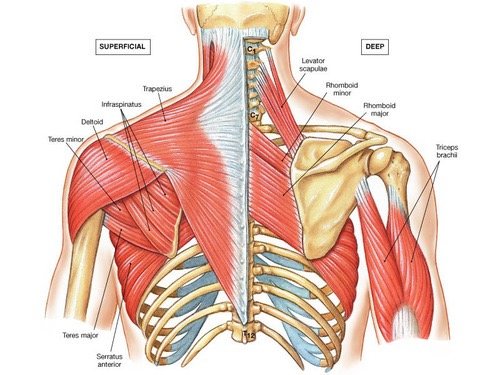In Focus: The Shoulder Girdle, Part 1: Understanding the Anatomy
The shoulder girdle plays a critical role in our ability to move, lift, and engage in various physical activities. For those practicing Pilates or any movement discipline, understanding the shoulder girdle’s anatomy and mechanics is essential for optimizing performance and preventing injury. In this three part series, we’ll explore the anatomy of the shoulder girdle, the significance of scapular engagement in Pilates, and also look at four exercises to strengthen these muscles. This information can be used to help deepen your practice and enhance your body awareness.
The Anatomy of the Shoulder Girdle
The shoulder girdle, also known as the pectoral girdle, is a complex structure composed of several bones, muscles, joints, and ligaments that connect the upper limbs to the axial skeleton (the spine). Key components of the shoulder girdle include:
Bones
Clavicles (Collarbones):
The clavicles are slender bony structures that connect the arms to the trunk. They act as struts, keeping the shoulder joint stable and allowing for a wide range of motion in the upper limbs.
Scapula (shoulder blades)
Each Scapula is a flat, triangular bone that lies on the posterior aspect of the rib cage. Key features include:
Acromion: the bony protrusion on top, which forms the highest point of the shoulder.
Coracoid Process: A hook-like structure that serves as an attachment point for muscles and ligaments.
Glenoid Cavity: The shallow socket that articulates with the head of the humerus (the upper arm bone) to form the shoulder joint.
Muscles
The shoulder girdle is supported by numerous muscles that facilitate motion and stabilization, including:
Rotator Cuff Muscles: A group of four muscles (supraspinatus, infraspinatus, trees minor, and subscapularis) that stabilize the shoulder joint and enable its wide range of motion.
Serratus Anterior: Located on the side of the rib cage, this muscle plays a pivotal role in scapular protraction and upward rotation.
Rhomboids and Trapezius: These muscles help retract the scapulae, pulling them together and stabilizing the shoulder blades against the rib cage.
Joints
The shoulder girdle consists several joints that work together to provide a wide range of motion and flexibility. These include:
1. Glenohumeral Joint: this is the primary joint of the shoulder. It has a remarkable range of motion and is crucial for activities such as throwing, reaching, and lifting.
2.Acromioclavicular Joint (AC Joint): This joint allows for limited movement, mostly in the form of gliding actions. It helps connect the upper arm to the trunk, and allows the shoulder to rise and fall with arm movements.
3.Sternoclavicular Joint (SC Joint): This joint allows for movement in multiple planes, including lifting and lowering the shoulders, and rolling the shoulders forward and backward.
4. Scapulothoracic Joint: While not a true joint, this refers to the space between the scapula and ribcage. It plays a significant role in shoulder movement. It enhances the overall mobility of the shoulder girdle by facilitating smooth motion of the sapula.
This first part of a three part series looks at the anatomy of the shoulder girdle. We can begin to build an image of how the muscles, bones, and joints around the shoulders work together to create strong, efficient, and injury free movement. The next two parts of this series will look at scapular engagement in Pilates, and the final one will list five exercises that can be done anywhere to create strength and stability in the shoulder girdle.




